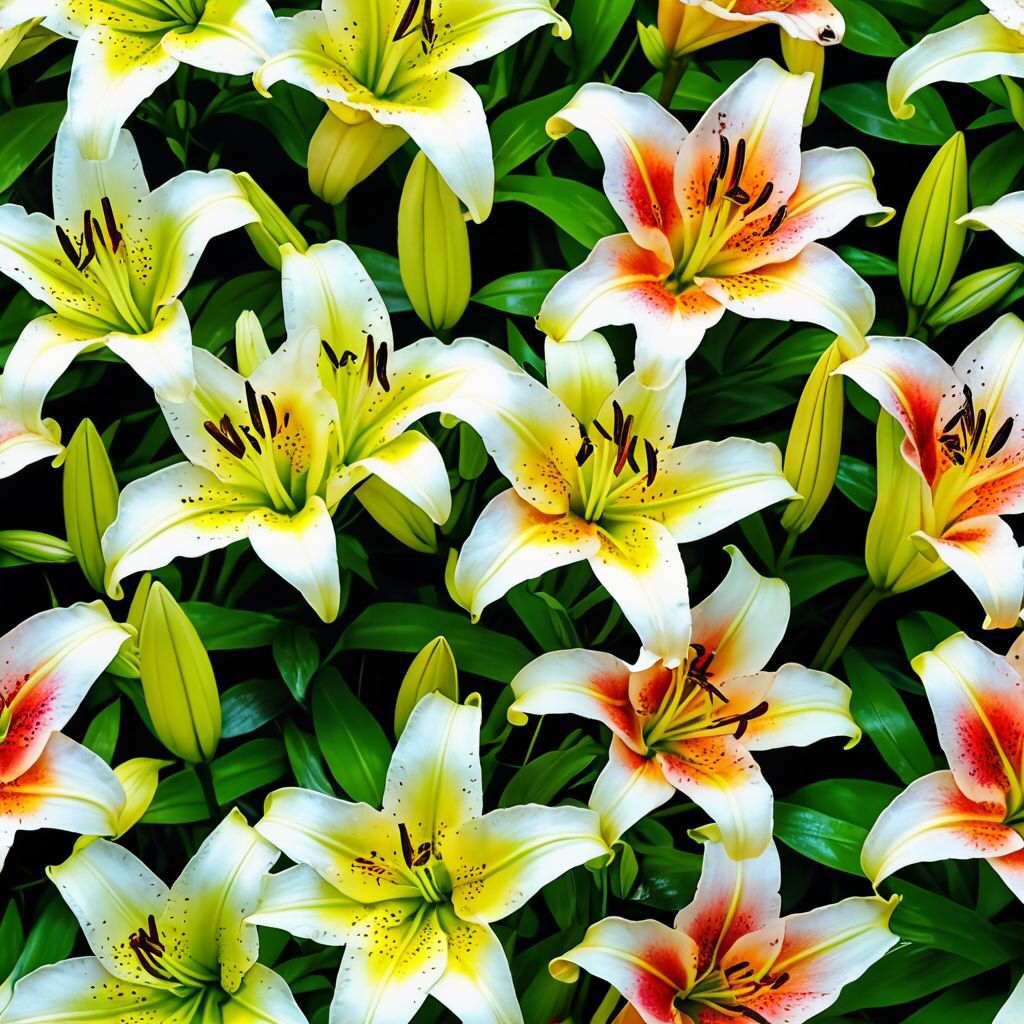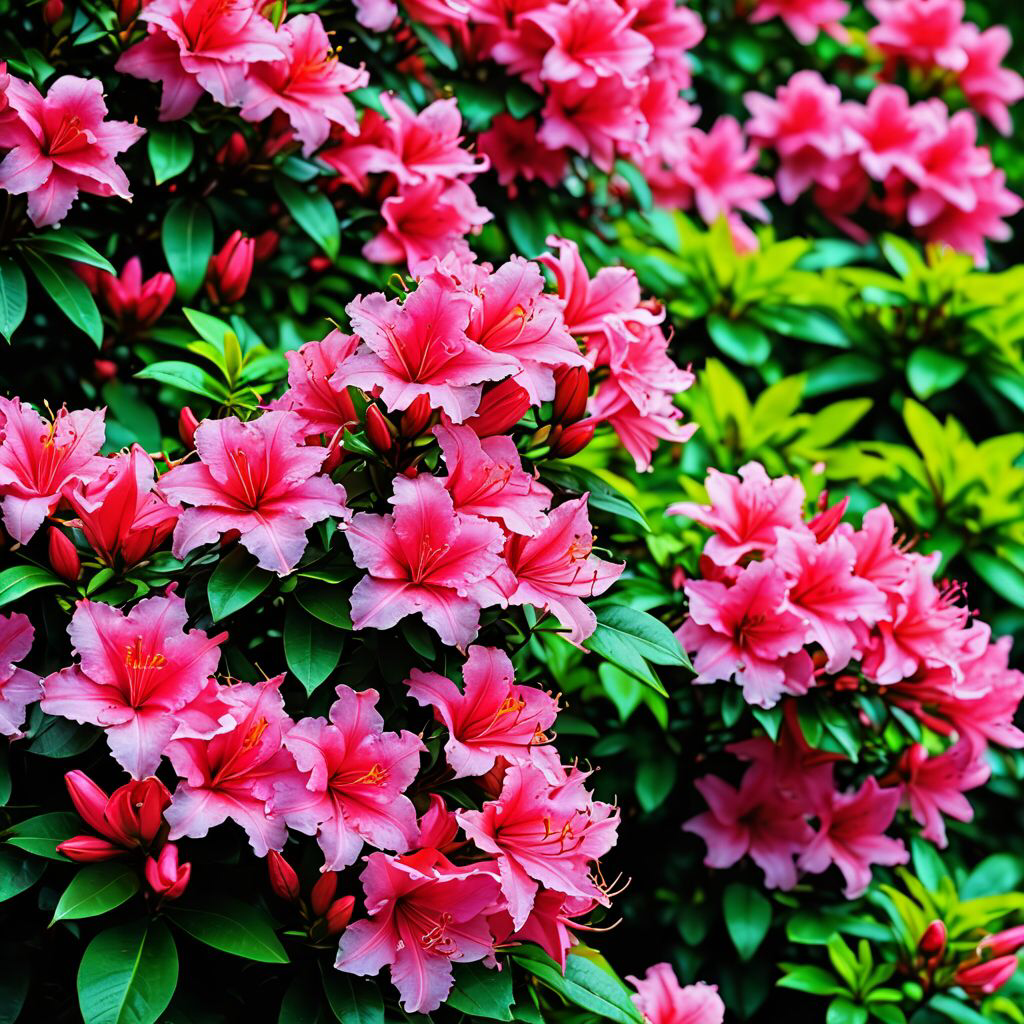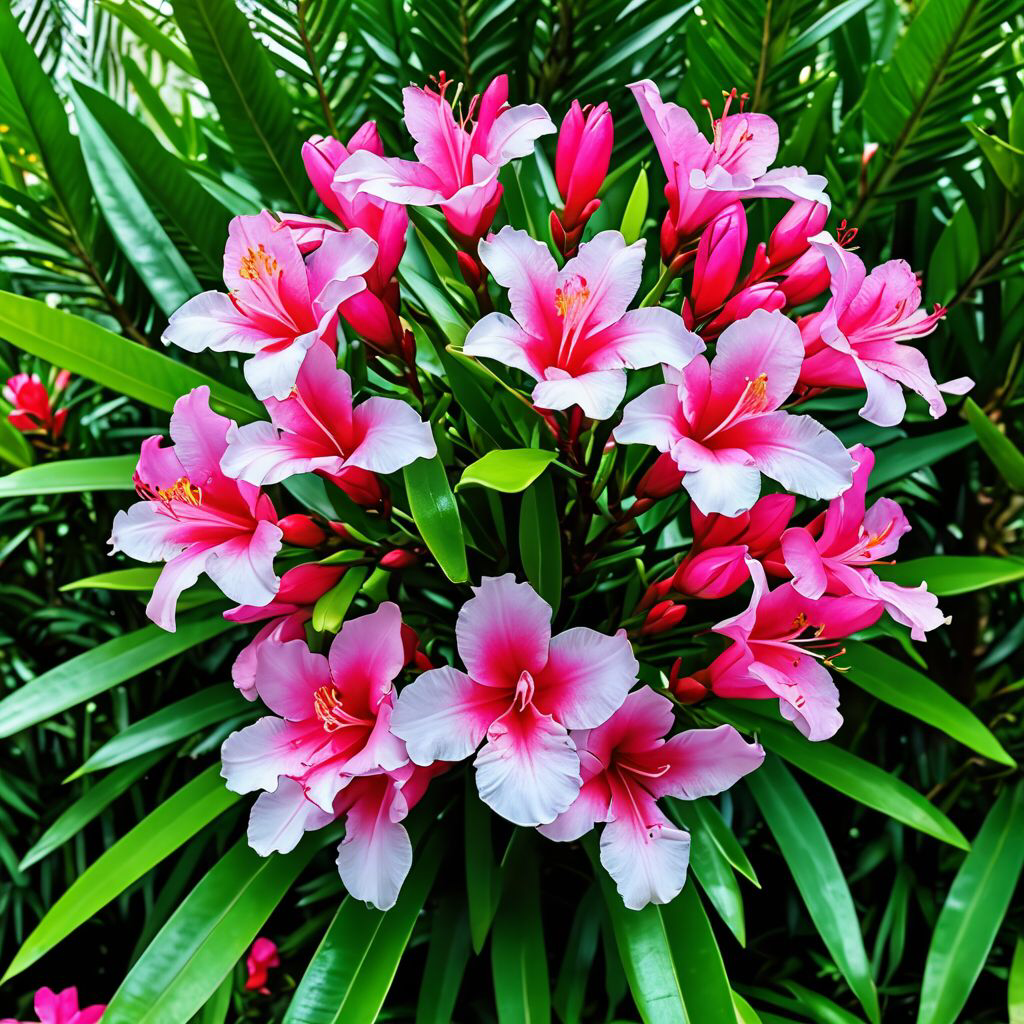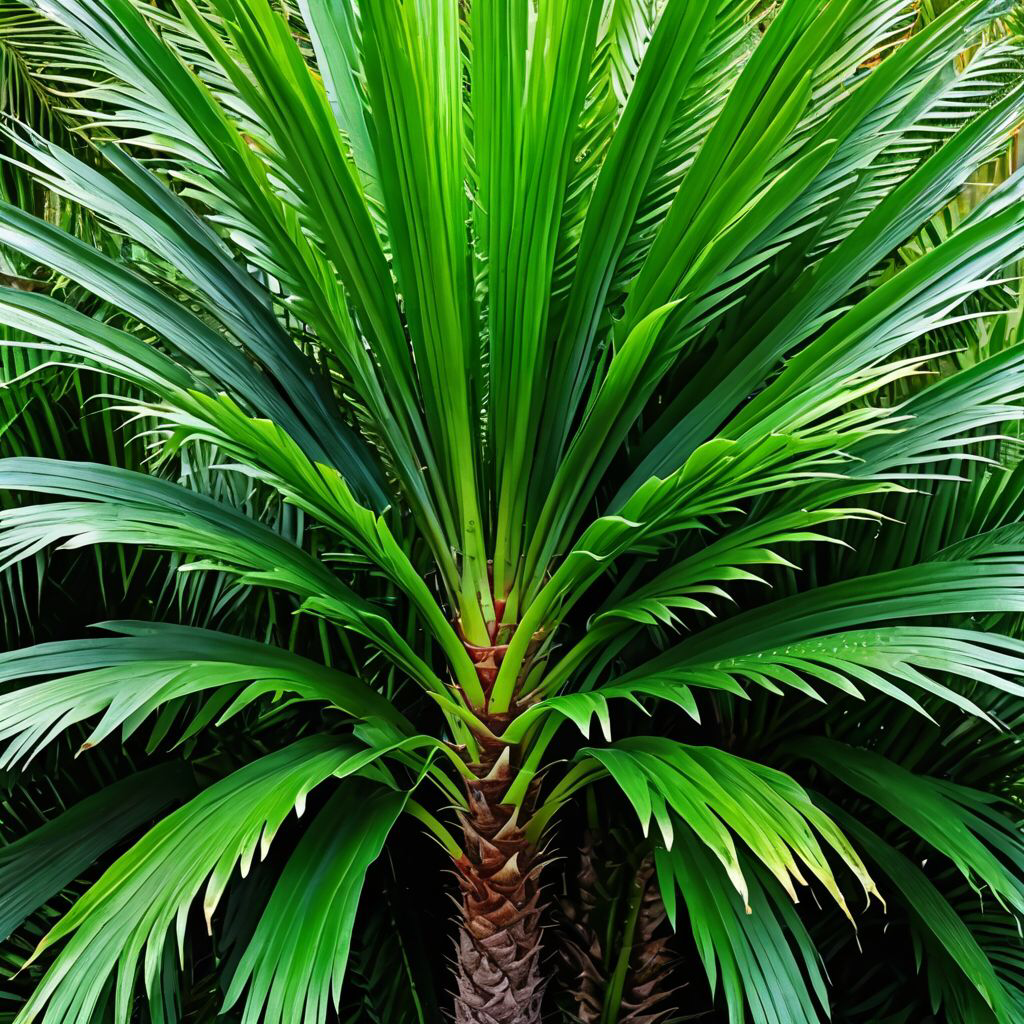
Table of Contents
1. Introduction
2. Common Toxic Plants
- 2.1 Lilies
- 2.2 Azaleas
- 2.3 Oleander
- 2.4 Sago Palm
- 2.5 Ferns
- 2.6 Mistletoe
- 2.7 Rhubarb
3. Signs of Poisoning
4. Safe Alternatives for Pet Owners
5. Tips for Plant Safety
6. Conclusion
1 Introduction:
Welcome, fellow Winnipeg homeowners! If you’re like me, your home is not just a roof over your head but a cozy haven where pets and plants coexist—an enchanting realm of garden ideas that spark joy and create beautiful memories. However, have you ever paused to wonder if there’s a hidden danger lurking among your beloved plants? I’m not talking about that one neighbor who insists on borrowing your tools but rather those luscious greens that might spell disaster for our furry friends!

Those adorable companions with wagging tails and soft purrs are often curious explorers, and as their trusted guardians, it’s our responsibility to ensure their safety. Sadly, many common plants can be toxic to pets, leading to discomfort or worse. After all, who wants to see their pup looking as glum as a wilted rose garden? Fear not! This guide will unveil some of the most common poisonous plants, what to look for if your pet has nibbled on something they shouldn’t have, and how to create a pet-friendly oasis without sacrificing your aspirations for a striking flower garden.

So grab a comfy chair, a cup of your favorite beverage, and join me as we explore the world of pets and plants in a delightful, informative way. From learning about toxic flora to identifying safe alternatives, you’ll be armed with the knowledge you need to create a harmonious home where pets can roam freely and plants can thrive. It’s time to delve into the green (and dangerous) depths of our gardens and make informed choices that keep our furry pals safe!
2. Common Toxic Plants:
2.1 Lilies

Ah, the beauty of lilies! With their elegant blooms and intoxicating fragrance, they can make any landscaping project pop with color. However, if you have a kitten or cat in your home, it's essential to steer clear of any species of lilies (Lilium spp. and Hemerocallis spp.). These gorgeous blooms are incredibly toxic to felines, and even a small amount can result in renal failure. Imagine trying to explain to your little furry friend the concept of "no plants on your plate." It won’t end well.
In fact, studies show that lilies are one of the leading causes of poisoning in cats. Keep them off your shortlist for your Winnipeg landscape design project if you have any feline friends. Better yet, consider adding some non-toxic plants, like violets or marigolds, to your backyard!
2.2 Azaleas

These spectacular shrubs are renowned for their vibrant blooms, especially during Winnipeg’s beautiful springs. But these vivid colors come at a cost. With all their beauty, azaleas (Rhododendron spp.) can cause serious health issues for both cats and dogs if ingested. Symptoms can range from mild nausea to severe gastrointestinal distress. So, a curious pet might be drawn to these colorful beauties while you’re daydreaming about your garden design Winnipeg.
If you want an explosion of color in your garden, opt for non-toxic flowers. There are numerous ways to create a stunning flower bed design using safe options that won’t leave you worrying about your pet’s well-being!
Ready to transform your Winnipeg yard with 10-best perennial suggestions?
2.3 Oleander

This plant may look breathtaking with its stunning tubular flowers, but let me assure you that oleander (Nerium oleander) is no friend to pet parents. It’s among the most toxic plants on the list, with all parts of the plant being poisonous. Just a few leaves can send your pet to the vet. Oleander ingestion can lead to severe symptoms, including vomiting, abdominal pain, and even heart problems.
In a city like Winnipeg, you want every plant in your home garden to bring joy, not chaos. Replace oleander with something like a pet-friendly hibiscus or sunflowers that can dazzle without risking your furry friend’s health!
2.4 Sago Palm

I know what you’re thinking: “But the sago palm looks so chic!” Yes, it does! Those elegant fronds can add a tropical touch to your indoor oasis. Unfortunately, this plant is a no-go if you have pets. Sago palms (Cycas revoluta) contain cycasin, a toxin that can cause severe liver damage in dogs and cats. The irony is rich; we often adorn our stylish homes with plants that can be a ticking time bomb for our beloved pets.
Always check the list before purchasing, and consider more pet-safe options like bamboo or the resilient snake plant that thrives in a variety of indoor conditions!
2.5 Ferns
When it comes to ferns, not all of them are safe! The Boston fern (Nephrolepis exaltata) is moderately toxic to pets, while the Asparagus fern (Asparagus setaceus) is particularly harmful. These greens may seem innocuous, but the berries can lead to gastrointestinal upset and other serious issues. They may look like the gentle forest guardians of your backyard landscape design, but treat them with caution and get to know your ferns!
If you love ferns, consider opting for varieties that are known to be safe, like the maidenhair fern. It’s adorable and harmless!
2.6 Mistletoe

Ah, the festive symbol of romance during the holiday season—the beloved mistletoe (Viscum album). While it can create a delightful atmosphere for holiday gatherings, it can be hazardous for your pets. Both the leaves and berries are toxic, causing symptoms such as gastrointestinal distress, difficulty breathing, and even cardiovascular problems.
Having a cozy winter home should never come at the cost of your pet’s safety. With so many beautifully safe options, consider swapping mistletoe for some pet-friendly holiday greenery, like non-toxic pine or festive flowers that won't jeopardize your furry family members.
2.7 Rhubarb

Now, let’s talk about rhubarb (Rheum rhabarbarum). Often a favorite in pies, this plant isn’t just a culinary delight; it can also pose a risk to pets. The leaves contain oxalic acid, which can lead to severe symptoms like vomiting, diarrhea, and in extreme cases, kidney failure. And while we may enjoy the tartness in our desserts, our pets definitely don’t share the same enthusiasm towards this plant.
So when planning your garden ideas, ensure you keep rhubarb safely out of reach or consider planting it in a designated area where curious paws won’t wander too close.
3. Signs of Poisoning:

Pet parents need to stay vigilant, especially if your furball has a penchant for munching on green things—plants, socks, your favorite chair…you name it! Here are some signs to watch for:
1. Gastrointestinal Issues: If your pet starts vomiting, has diarrhea, or exhibits unusual drooling, it could be the result of poison.
2. Lethargy: When the spark plug of your life suddenly morphs into a sleepy potato, something might be wrong.
3. Tremors or Seizures: If your pet starts shaking or has difficulty standing, immediate veterinary care is essential!
4. Difficulty Breathing: This is a clear red flag. If your pet is wheezing or struggling to breathe, seek help fast!
5. Signs of Pain: Whining, excessive licking of the lips, or hiding might indicate that your pet is in distress.
If you witness any of these signs, don’t hesitate—contact your veterinarian immediately. Timing is everything, and early intervention can save your furry friend from serious health complications.
Ready to chat about your landscaping goals?

Reach out by call or text to: 204-229-9789 or click here to submit your information today to arrange a “no obligation” introductory phone call. We look forward to helping you transform your yard.
Tips on how to prepare for a consultation meeting with a landscape contractor
4. Safe Alternatives for Pet Owners:
So what’s a plant-loving pet owner to do? Thankfully, there are plenty of gorgeous, non-toxic alternatives that add character to your home garden design while ensuring the furry ones don’t get into trouble! Here are a few safe options to consider:
1. Spider Plant: Not just an aesthetically pleasing addition but also an air purifier! These hardy plants thrive in various conditions and require minimal effort.
2. Bamboo: This fast-growing plant can add an exotic flair to your home decor while being completely safe for pets.
3. African Violet: If you're a flower fan, this lovely plant offers vibrant blooms without fear of toxicity.
4. Boston fern: Remember that not all ferns are risky! The Boston fern is non-toxic and adorable to boot.
5. Areca Palm: This palm adds a tropical touch to your living space. It’s pet-friendly and doesn’t require a lot of maintenance!
With some creativity, you can craft a stunning flower garden that appeals to both your aesthetic senses and your pet’s safety!
5. Tips for Plant Safety:
While knowing which plants to avoid is a significant step, there’s more you can do to keep your pets safe. Here are some handy tips to create a pet-friendly garden and home:
1. Do Your Research: Before buying any plant, familiarize yourself with its safety status. Many resources list toxic and non-toxic plants to help you make well-informed decisions.
2. Create a Secure Space: Consider building a designated area for your pets to roam outside, away from any toxic plants. Using some top soil or compost to maintain a lush pet-friendly patch is a smart move!
3. Supervise Outdoor Time: When your furry pals are outside, keep a watchful eye. Ensure they aren’t snacking on anything they shouldn't be.
4. Educate Family and Friends: The more people involved in caring for your pets are aware, the safer your pets will be. Share your knowledge about poisonous plants!
5. Use Planters: Consider keeping your toxic plants in hanging baskets or elevated planters out of your pets’ reach. It can be a simple yet effective way to keep unwanted munching at bay.
With these precautions in place, you can cultivate a beautiful garden while ensuring your pets remain safe and happy!
6. Conclusion:
As you embark on your quest to develop an enchanting home garden that delights the senses, remember that your furry friends deserve a safe haven too. From the elegant blooms of the rose garden to the practical, effective tips gathered throughout this journey, keeping our pets safe is paramount. By becoming aware of plants that pose dangers, recognizing the signs of poisoning, and opting for pet-friendly alternatives, we can create thriving, beautiful spaces without compromising the well-being of our beloved companions.
So, go ahead and unleash your inner garden guru! Bask in the beauty of your blossoming flower bed design while knowing that you’re also safeguarding your fluffballs from unexpected dangers. From aromatic herbs to lush greens, bring the outdoors in without a worry! Continue to explore landscaping ideas, armed with this knowledge and compassion for your pets.

Here’s to many green-thumbed adventures ahead, fortified by a profound love for both plants and pets! With a splash of creativity and a sprinkle of caution, your home can be a delightful intermingling of plants and pets in perfect harmony.
Don't miss out! Click here to subscribe today and get the latest blog posts delivered straight to your inbox.



